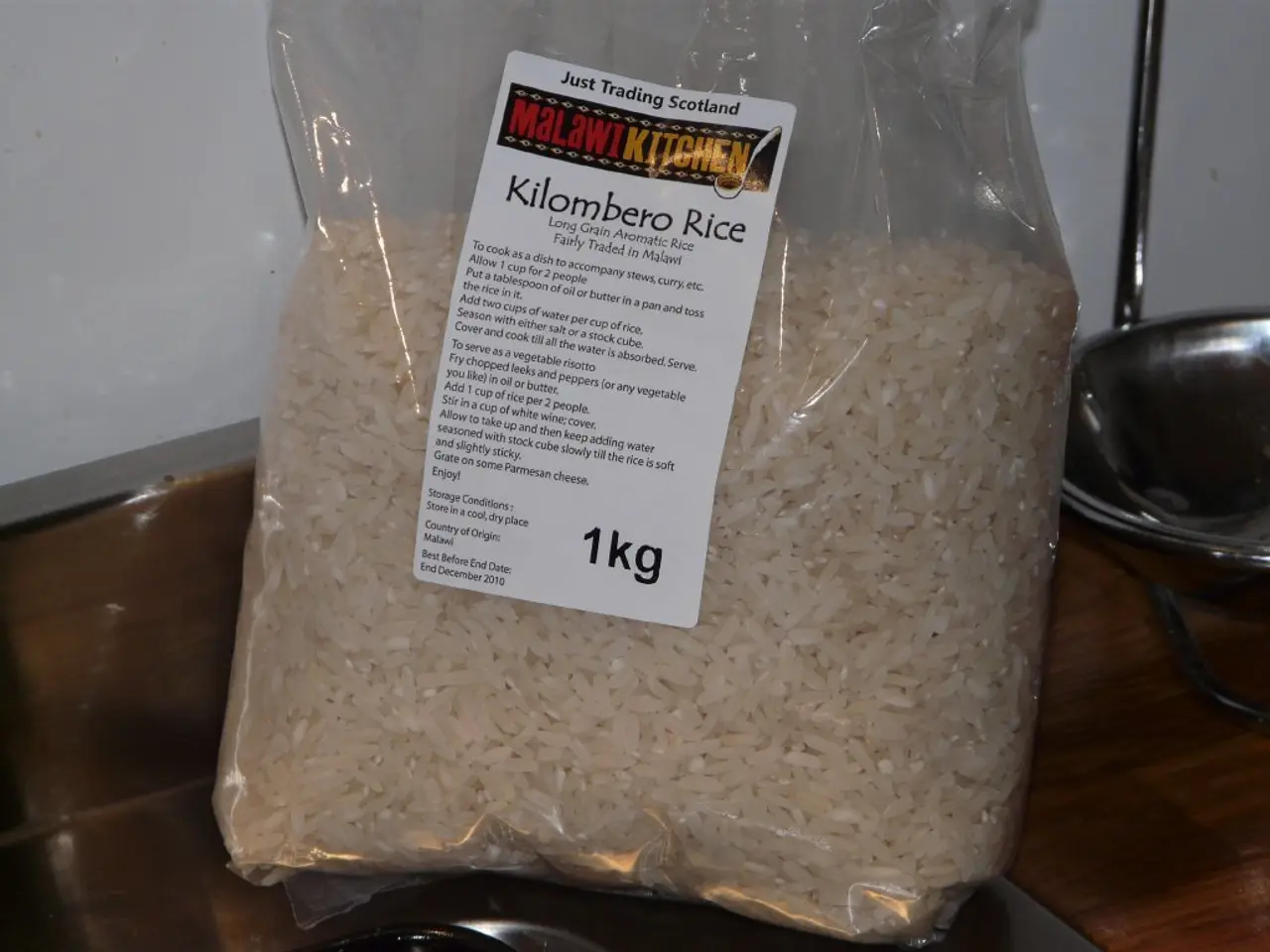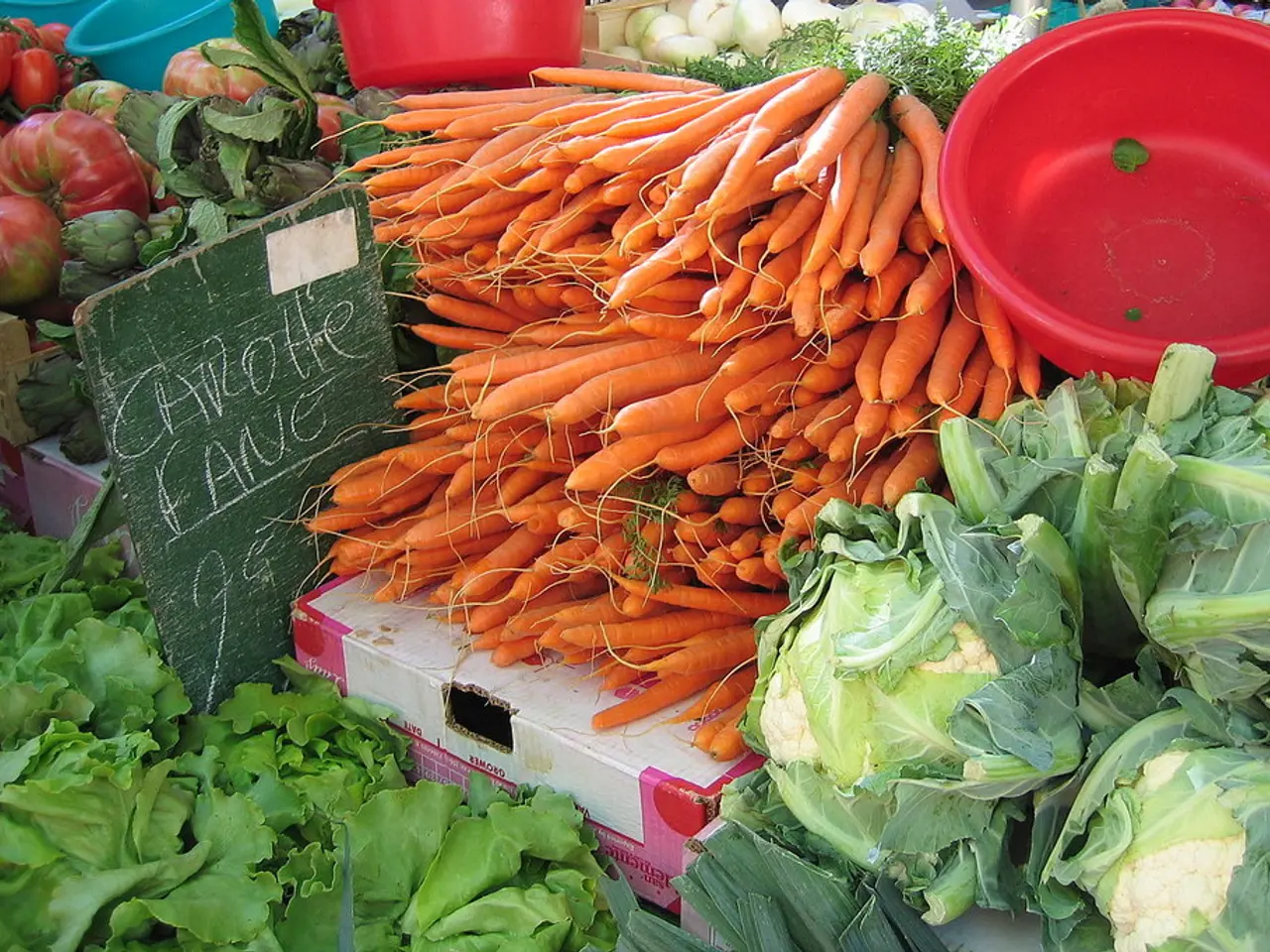South Indian Delicacy: The Tangy, Aromatic Allure of Tamarind Rice, Rich in Cultural and Culinary Heritage
=========================================================================================
In the rich tapestry of South Indian cuisine, one dish stands out for its tangy taste and soulful simplicity: Tamarind Rice, also known as Pulihora. This traditional dish, a delightful blend of flavours and health benefits, has been a staple in the region for centuries.
Cooking Tamarind Rice
The process of preparing Tamarind Rice is as traditional as it is effective. To begin, tamarind pulp is soaked and cooked down with turmeric, salt, jaggery (optional), and water into a thick, tangy concentrate. This paste can be prepared in advance and stored for later use.
In a separate pan, a flavourful tempering is prepared. Sesame or oil is heated, and mustard seeds, urad dal (split black gram), chana dal (split chickpeas), dried red chilies, curry leaves, and roasted peanuts are tempered until aromatic. Asafoetida (hing) is often added for flavour and digestive aid.
Once cooled or preferably day-old, rice is mixed evenly with the tamarind paste and the tempering, ensuring every grain is well coated. The dish is allowed to rest for at least 30 minutes to allow flavours to meld, resulting in a tangy, spiced rice that is aromatic and satisfying.
Health Benefits of Tamarind Rice
Tamarind Rice offers more than just a tantalising taste. It is a nutrient powerhouse, aiding digestion, boosting energy, and providing essential minerals. Tamarind, along with the added spices like asafoetida, facilitates digestion. Tamarind provides minerals such as iron, zinc, magnesium, and calcium, while the spices have antioxidant properties that may support general health.
Rice provides carbohydrates for energy, making it a wholesome meal or snack. Tamarind Rice is often associated with comfort food and temple offerings, considered nourishing yet light.
A Timeless Addition to Healthy Living
Tamarind Rice is a timeless addition to any healthy lifestyle. Its simplicity, flavour, and health benefits make it a beloved part of South Indian culinary tradition. Whether served with papad or a simple coconut chutney, or enjoyed on its own, Tamarind Rice is a dish that will surely satisfy your taste buds and nourish your body.
A chilled glass of buttermilk on the side not only enhances the meal but also complements the dish's warm spices. Tamarind Rice can be stored at room temperature for several hours and tastes better the next day, making it a popular choice for travel food and tiffins.
Tamarind Rice is easy to make and supports digestive health. During religious festivals or fasting days, it is often offered as prasad in temples across Tamil Nadu and Andhra Pradesh. It does not contain onion or garlic and is suited for sattvic diets followed during Shravan and Navratri seasons.
In conclusion, Tamarind Rice is more than just a tasty dish; it is a traditional South Indian dish known for its tangy taste, minimal ingredients, and soulful simplicity. It is not just tasty but also beneficial for health, as it is rich in antioxidants, vitamins, and minerals. Making Tamarind Rice is straightforward, and it is a great example of how traditional Indian food blends taste with nutrition.
- Cooking and incorporating Tamarind Rice into your lifestyle can offer robust flavors and various health benefits, as it is a dish that embodies the principles of healthy cooking.
- For those following fashion-and-beauty trends, the minimalist approach to ingredients in Tamarind Rice, combined with its tantalizing taste, makes it a perfect addition to any food-and-drink spread.
- To create a balanced and globally inspired meal, consider pairing Tamarind Rice with recipes from Asia, Latin America, or Europe, promoting a delightful fusion of global cuisines.
- For home-and-garden enthusiasts seeking new recipes for their kitchen repertoire, Tamarind Rice, with its simple preparation and storable nature, makes an excellent choice for both weekday meals and special occasions.




